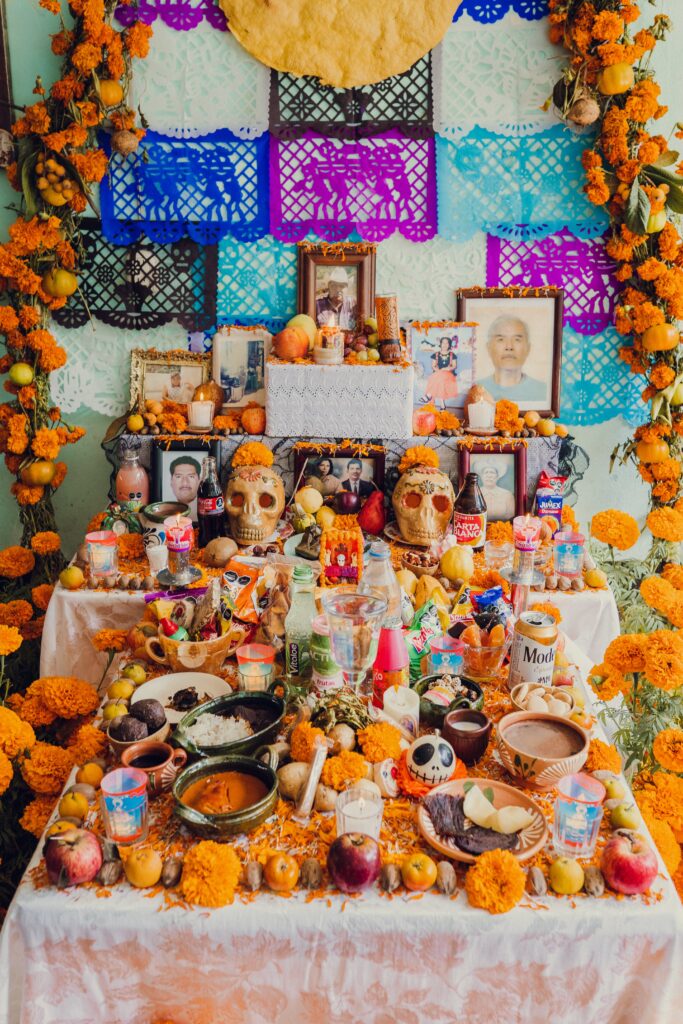
- Wara-Wara Spanish
- No Comments
Introduction:
Calaveras de Azúcar are a fascinating part of Mexican culture, and their history is just as intriguing. These sugar skulls have been an integral part of the vibrant Dia de los Muertos festivities for centuries, and they have evolved into much more than just a sweet treat. They represent the cultural richness and diversity of Mexico, and their journey from simple bone-shaped candies to intricate, colorful works of art is nothing short of amazing. Let’s dive deeper into the captivating history of Calaveras de Azúcar.
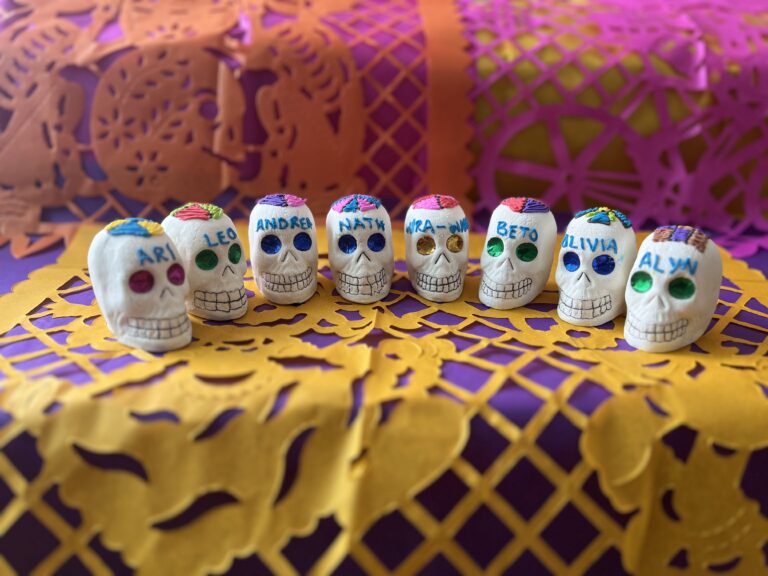
The Ancient Roots
For the ancient Mesoamericans, death was only the conclusion of a stage of life that extended to another level. In practice, it was common to keep skulls and show them during rituals that symbolized the end of that cycle.
Upon the arrival and conquest of the Spaniards, rituals that went against the precepts of the Catholic religion were prohibited. In many cases, due to the resistance of the indigenous peoples to eliminate them, they were replaced by others.
This is the case of these delicious candies in the shape of skulls that serve to remember the dead and the destiny that we all share, although they are also a way to delight our palate and maintain one of Mexico’s richest traditions.
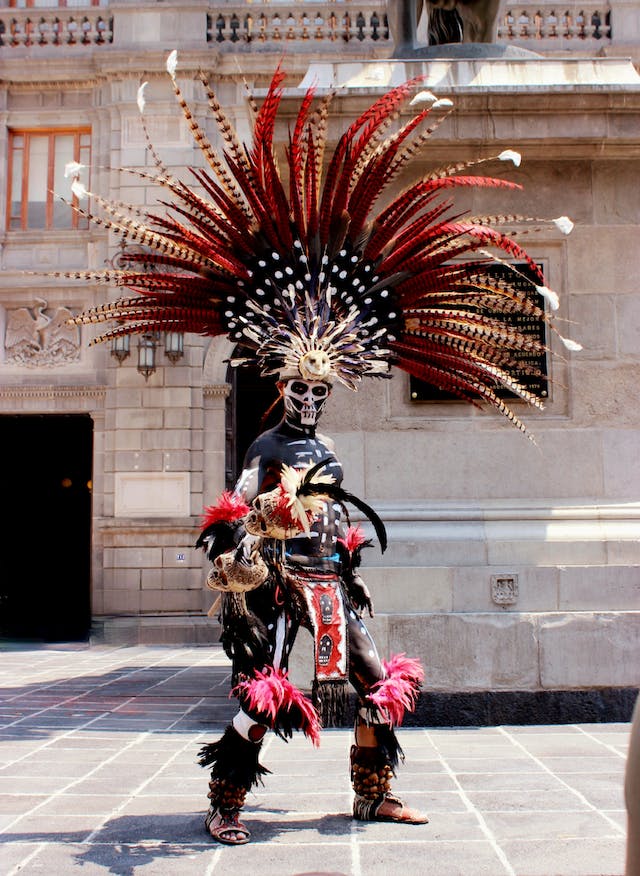
The Artistry of Calaveras de Azúcar
Crafting Calaveras de Azúcar is an intricate and precise art form that has been passed down through generations of skilled artisans. These artisans mold sugar paste into skull shapes, adorning them with vivid icing, sequins, and a range of vibrant hues. The result is a unique masterpiece that represents the personality and life of the departed. Families often personalize the skulls, adding names or messages to honor their loved ones. The level of detail and craftsmanship that goes into each skull is genuinely remarkable, and it is a testament to the rich cultural heritage and artistry of Mexico.
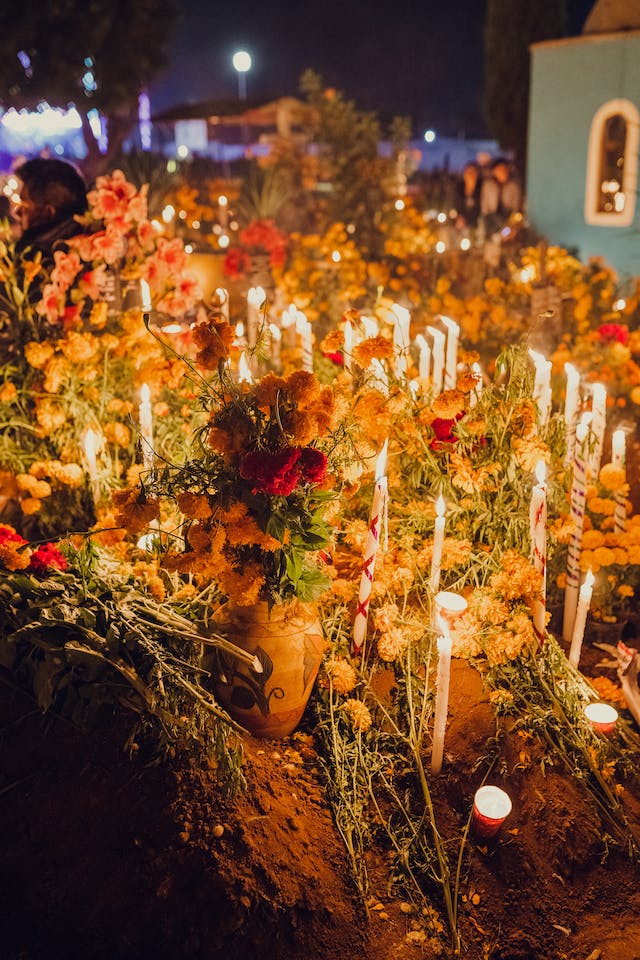
Conclusion: A Sweet Celebration of Life
In conclusion, Calaveras de Azúcar has come a long way from its ancient roots and has evolved into a cherished tradition that celebrates life and pays tribute to the departed. From simple representations of bones to intricate and colorful works of art, these sugar skulls embody the very essence of Mexican culture and the richness of its history. As we savor the sweetness of Calaveras de Azúcar, let us also remember the depth of their meaning: a celebration of life, memories, and the enduring connection between generations. They are a testament to the beauty and richness of Mexican tradition and culture and a reminder of the importance of honoring and remembering our loved ones who have passed on.
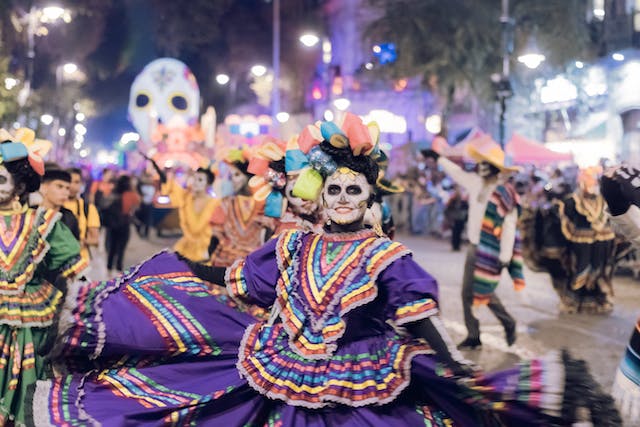


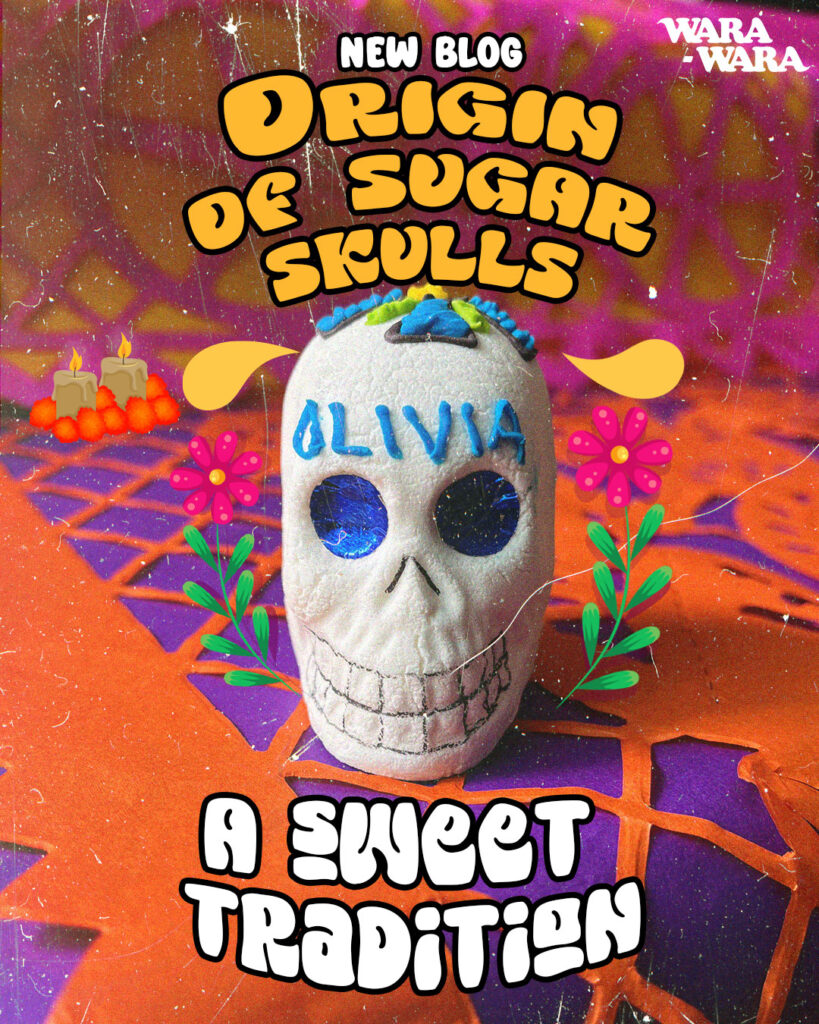

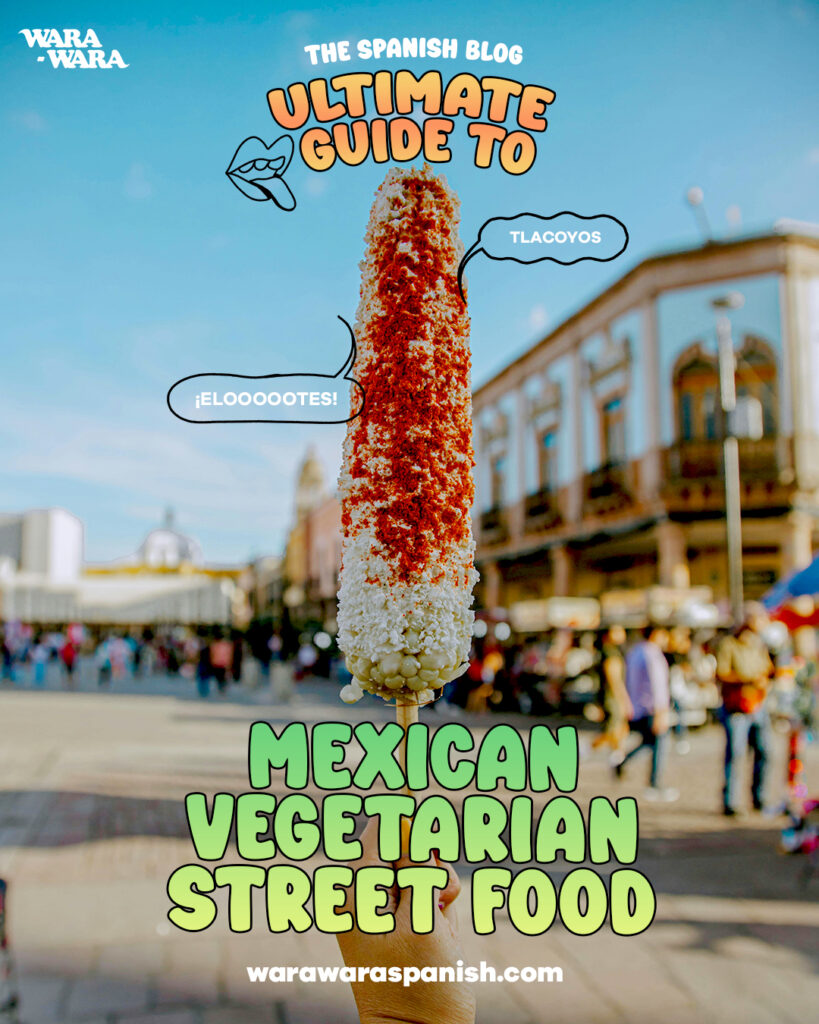
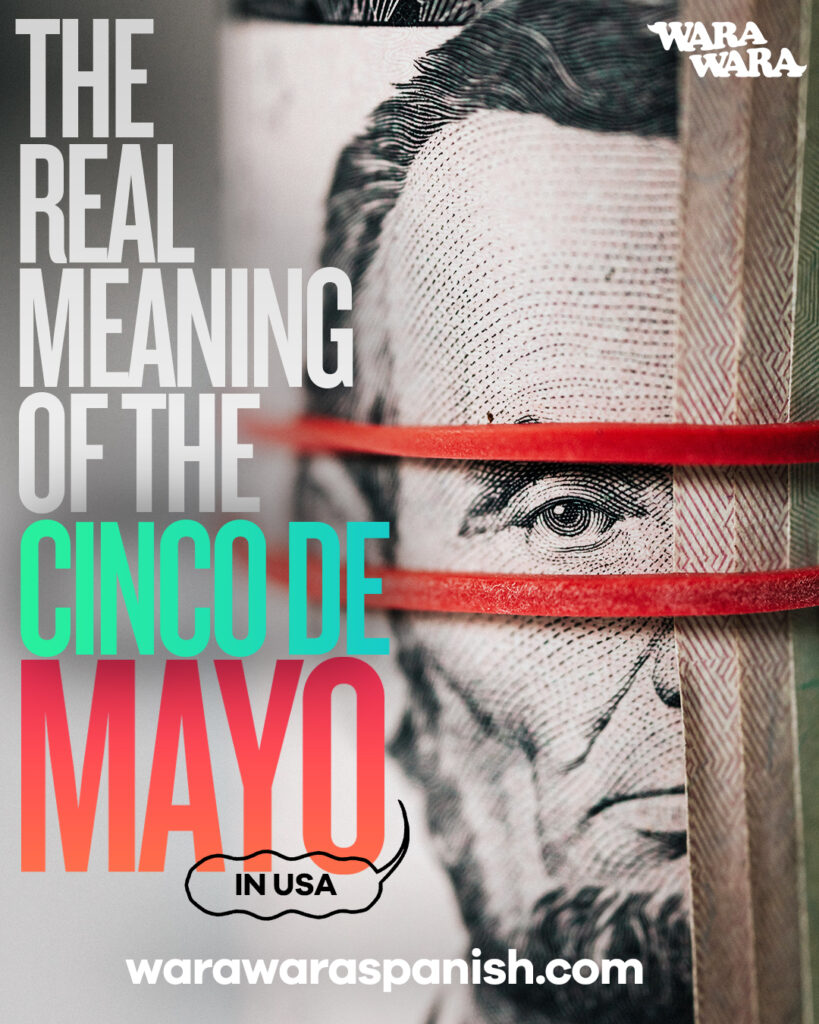



Responses